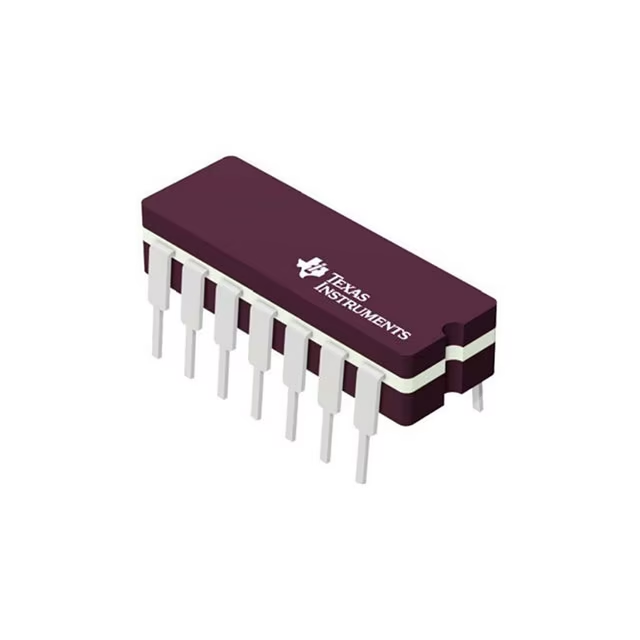What is SN74LS04N Chip?
The SN74LS04N is a hex inverter IC from the Texas Instruments 74LS series. It consists of six independent inverting buffers that are designed for a wide range of digital logic applications, providing a simple way to invert logic signals.

Key Features:
Six Independent Inverters: The SN74LS04N contains six separate inverter circuits, allowing for multiple signal inversions within a single package, which saves space in circuit design.
Low Power Consumption: The LS (Low Power Schottky) technology minimizes power consumption compared to standard TTL devices, making it suitable for battery-operated applications.
Fast Switching Speed: The device offers a typical propagation delay of around 15 ns, allowing for high-speed operation in digital circuits.
Wide Voltage Range: It operates with a supply voltage range of 4.75V to 5.25V, making it compatible with standard TTL logic levels.
Compatible with Other Logic Families: The SN74LS04N can interface with other TTL families, facilitating integration into various digital systems.
Applications:
- Logic Level Inversion: Commonly used to invert digital signals in various electronic circuits.
- Signal Conditioning: Useful in applications where signal levels need to be modified or cleaned up.
- Digital Circuit Design: Employed in larger digital systems for creating complex logic functions and designs.
- LED Control: Can be used in applications to control LED indicators based on logic inputs.
Technical Specifications:
- Supply Voltage: 4.75V to 5.25V
- Input Voltage Levels: TTL compatible
- Propagation Delay: Typically 15 ns
- Package: Available in DIP and surface mount configurations.
The SN74LS04N is valued for its reliability, low power consumption, and high-speed performance, making it a go-to choice for engineers and designers working with digital logic applications. Its versatility allows for broad usage in various electronic projects and systems.
Search List Page:
SN74LS04N Parts Search Page | Datasheet PDF | Price | Quantity-MobikeChip
Comments
Post a Comment